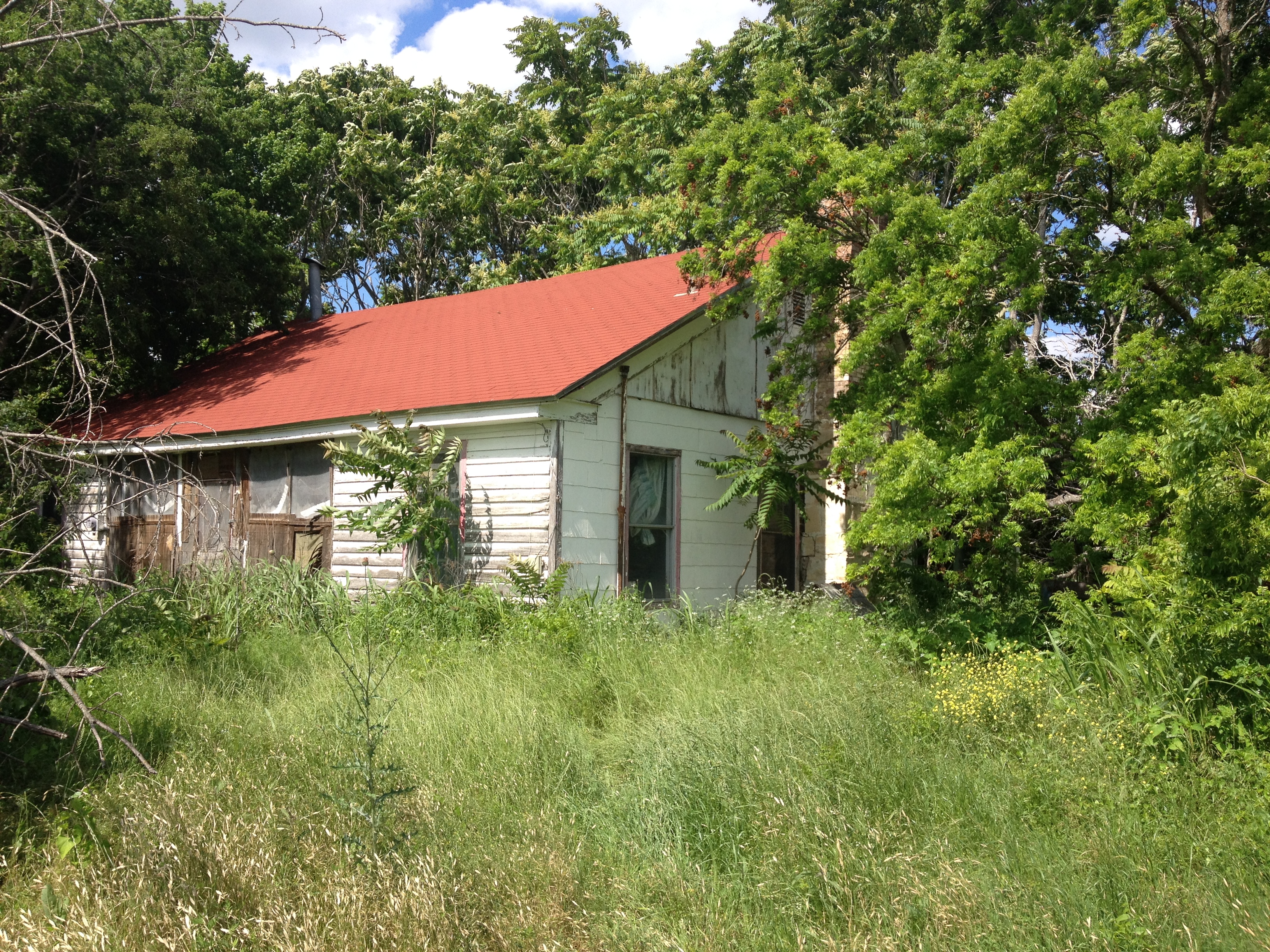1st World Problems at the Homestead
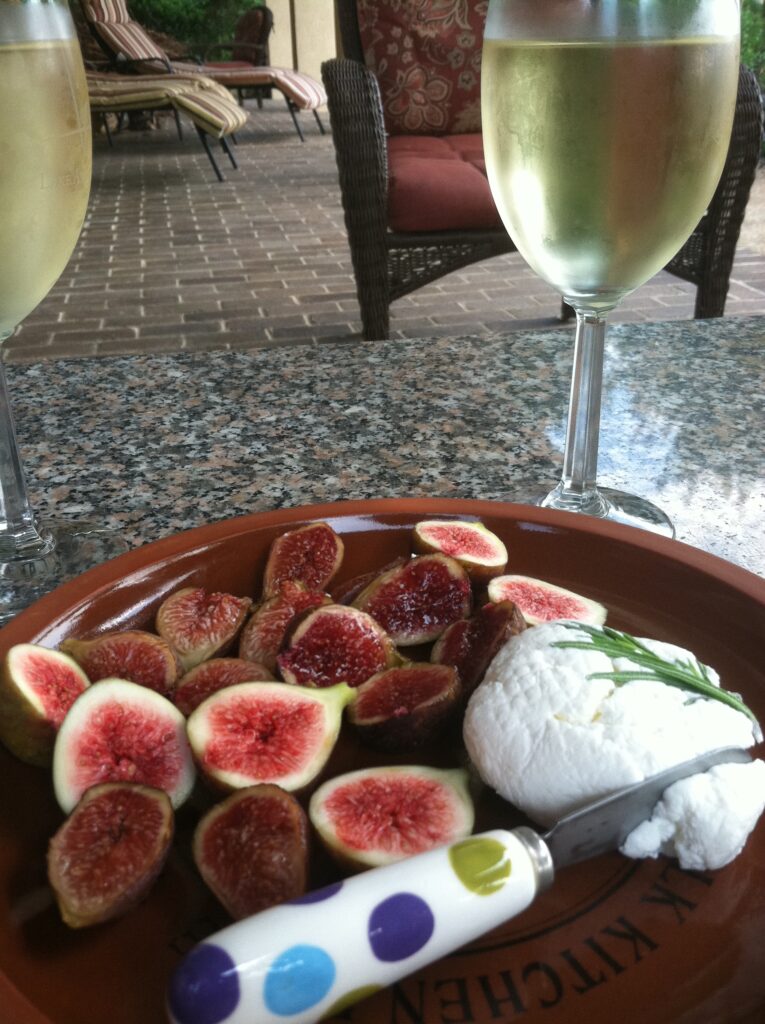
Ha! It makes me laugh when my “worlds” collide. Back in Virginia, I kinda got on a subsistence life-style kick. I learned how to make wine, can vegetables from our garden. We even had goats so I could milk them and make cheese. It was fun and it was a lot of work. I loved the forced routine. When it was time to milk the goats…it was TIME. When the vegetables needed picking, we were out gathering. I loved the routine and the order it brought to my life. I had things that absolutely had to be done and it was fun to pretend that there weren’t grocery stores. That is crazy, because it added stress, but I loved to consider that all I could put up would be what my family would live on. We ate fresh eggs like they were our main source of protein. We ate out of the garden. I baked bread. We drank wine. It was idyllic and it was beautiful.
Hopes for the Homestead
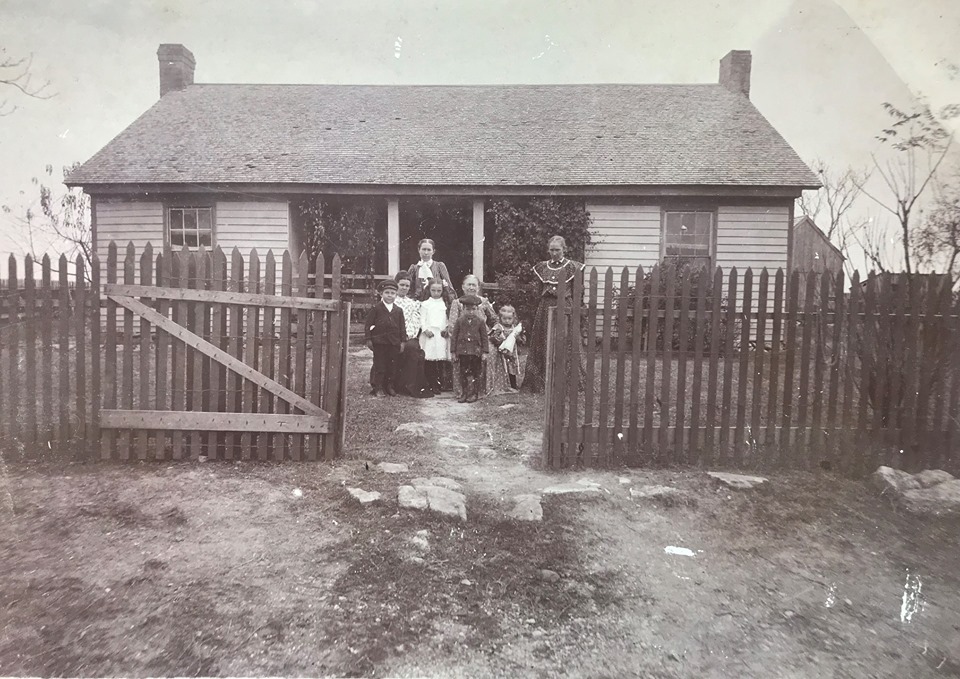
Now that we are living on my great, great, great grandparents’ homestead, I once again have visions of gardens, orchards and chickens dancing in my head. I have talked myself out of goats. I don’t think I want to have to milk twice a day ever again. It was fun, but my entire day revolved around them. Truthfully, that wouldn’t have been bad if I had a houseful of kids and the outside world didn’t exist. Unfortunately, Jerry and I are pretty much on our own and we have responsibilities outside of our little 1846 world.
We aren’t finished with the house and certainly not with the yard. We don’t have a chicken coop (so no chickens) and we don’t have a garden or orchard (so no produce to manage). Wine, however, we can begin to produce.
Two Key Decisions Based on Location
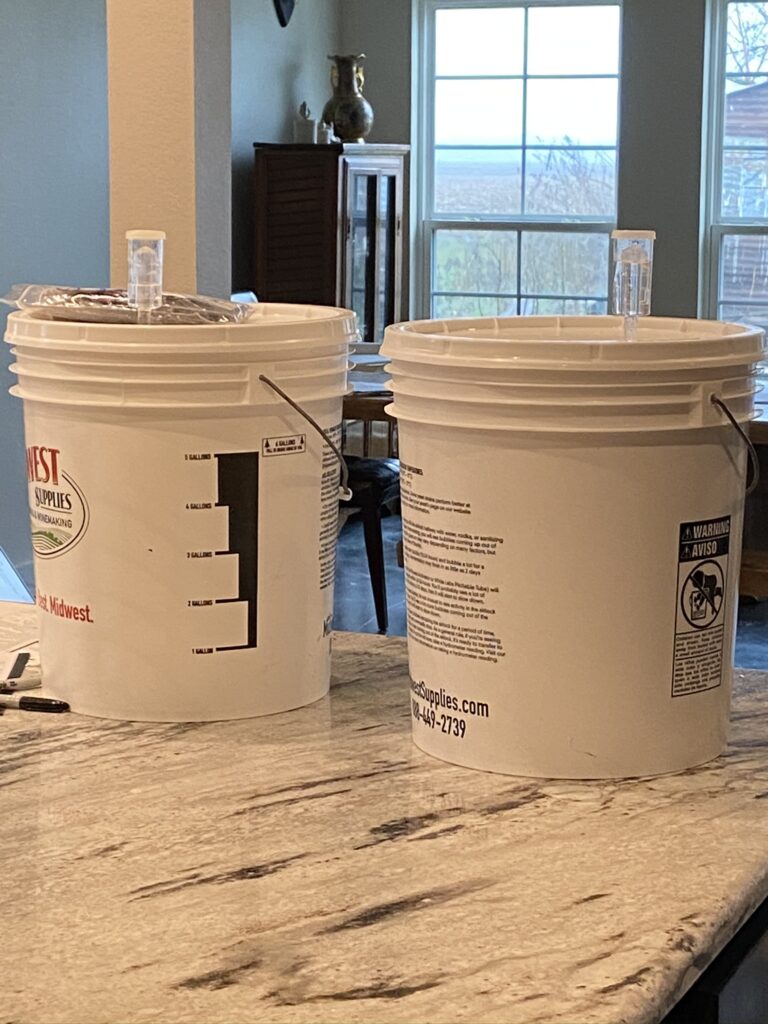
We live in Texas and Texas gets hot. That led us to make two decisions that ended up sort of colliding this past week. The first decision was to use spray foam insulation in the addition. Spray foam has been awesome. Our heating and cooling bills have been very low. The house maintains exactly what we ask our HVAC system to do. It is awesome.
The second decision we have made is to order our grape juice in the late fall, winter, and early spring so that when it is riding around on a truck, the temperature is reasonable. We haven’t had any problems ordering in the summer, but the thought of my grape juices sitting in a 120 degree truck for hours just didn’t sound like a good idea.
The Laws of Nature
Those two decisions mean that we are making wine during the cooler months when the heat is on in the house. I made two six-gallon batches of wine this past week. Typically, the airlocks begin to bubble within a few hours. This time, one was barely bubbling, the other showed no signs that the yeast was beginning to produce alcohol. In beer and wine making, there is sugar in either the juice or the wort. When you introduce yeast, the yeasts convert the sugars into alcohol and expel carbon dioxide via the airlocks. This is how you know the yeasts are busily doing their job.
This week, I noticed that things were not going according to plan. When the yeast doesn’t start working, it is usually because the room temperature is too low. Since we make wine during the cooler months, this has happened to us before and I have a couple of tricks up my sleeve. The first, is to apply a heating pad and a blanket.
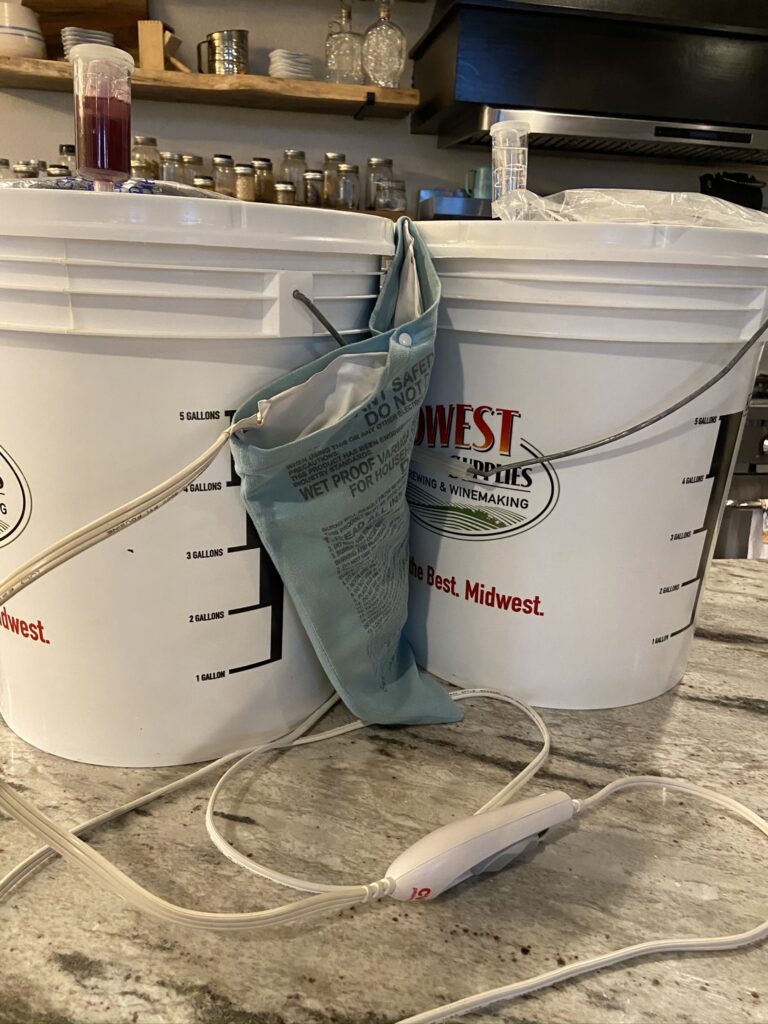
You Win Some, You Lose Some
The heating pad and blanket trick was slowly working. When Jerry got home, he asked if we needed to increase the thermostat temperature a couple of degrees. I told him I thought that would help and so he went over and clicked a couple of buttons and the temperature started rising. When it did, the airlocks became more active, letting me know that the yeast was warm and happily converting sugars into alcohol.
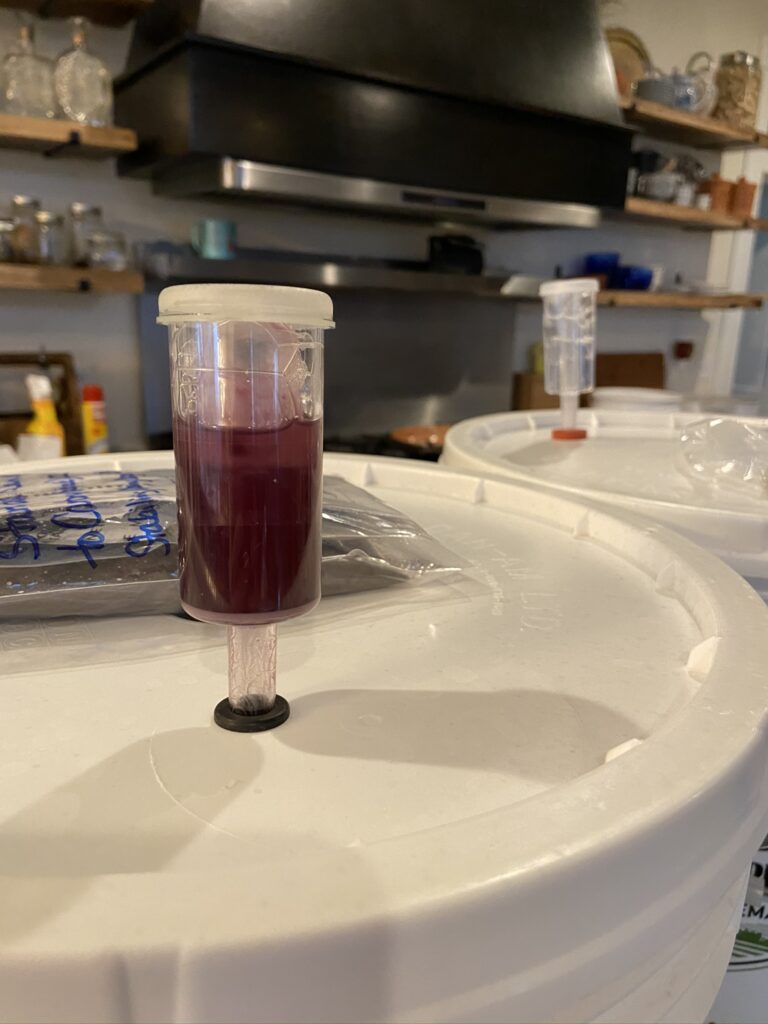
And then my sweet little worlds collided. Wine making has a long history, but yeast has always needed an ideal temperature in order to work. Humans have always attempted to provide a modicum of comfort into their living spaces when it was cold by lighting a fire, cranking up a stove, or, in our case, the very modern HVAC system with five climate zones.
If the behavior of yeast has remained a constant over the centuries, the same can be true for the properties of heat. Heat rises. Always has…always will, I suppose. When you increase the temperature, insulate the house with spray foam, and have an upstairs area, things start to happen. In our case, the alarms on our thermostats starting going off, blinking red and yellow, and Jacob started foaming at the mouth. (Just kidding about Jacob…)
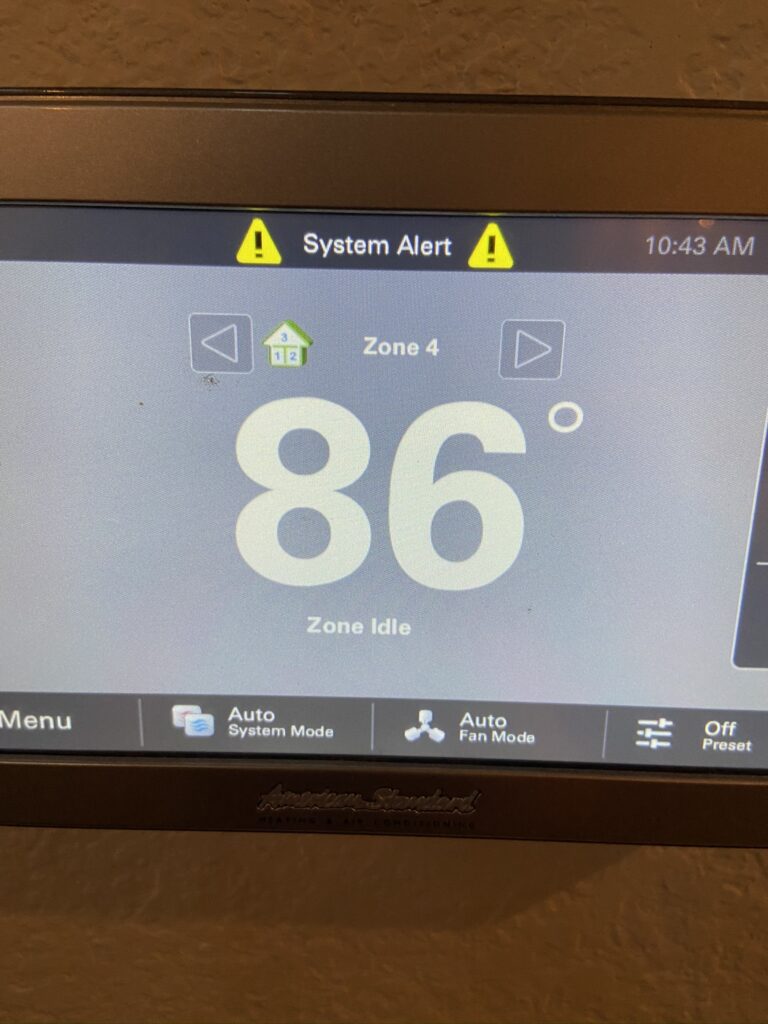
Jacob’s room is upstairs and so is the loft where he spends 99% of his time. The alarms were letting us know that the spray foam was doing a superb job of not letting any heat escape through the roof. Unfortunately, this also meant that the temperature upstairs was a balmy 86 degrees. Jacob was stripped down to a pair of shorts (and nothing else), playing video games like the tropical heat wave was something that naturally occurred in January.
Thank goodness, the alarms sounded and Jerry was able to adjust a few things. He changed the temperature in a couple of the zones, turned on the ceiling fans upstairs, and applied cold compresses to Jacob.
First world problems indeed!
Big Take-Aways for Home Builders
I would say to anyone getting ready to renovate or build a new home, spray foam insulation is truly worth every penny. We have been very pleased with the product. One thing that I would have done differently is to install more ceiling fans in the main area of the house in order to move air around. We have wiring in place to install a fan above the living room now. After living here during all seasons, we know that we need to invest in a fan that can move some serious cubic footage of air. We are looking at the large industrial fans (Big Ass Fans is the company name). The ceiling is 25′ high, so we aren’t really considering one with a light package on it.
